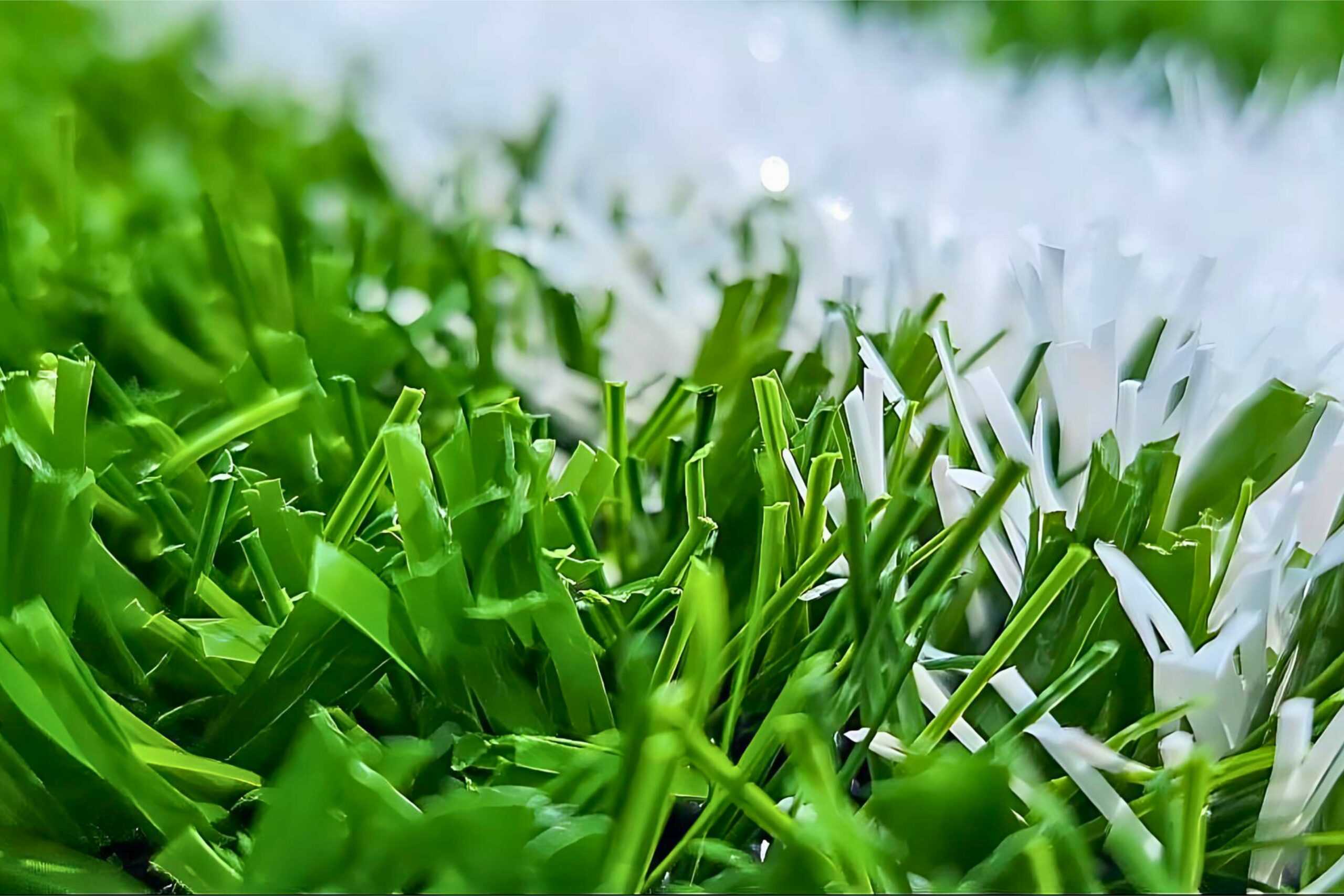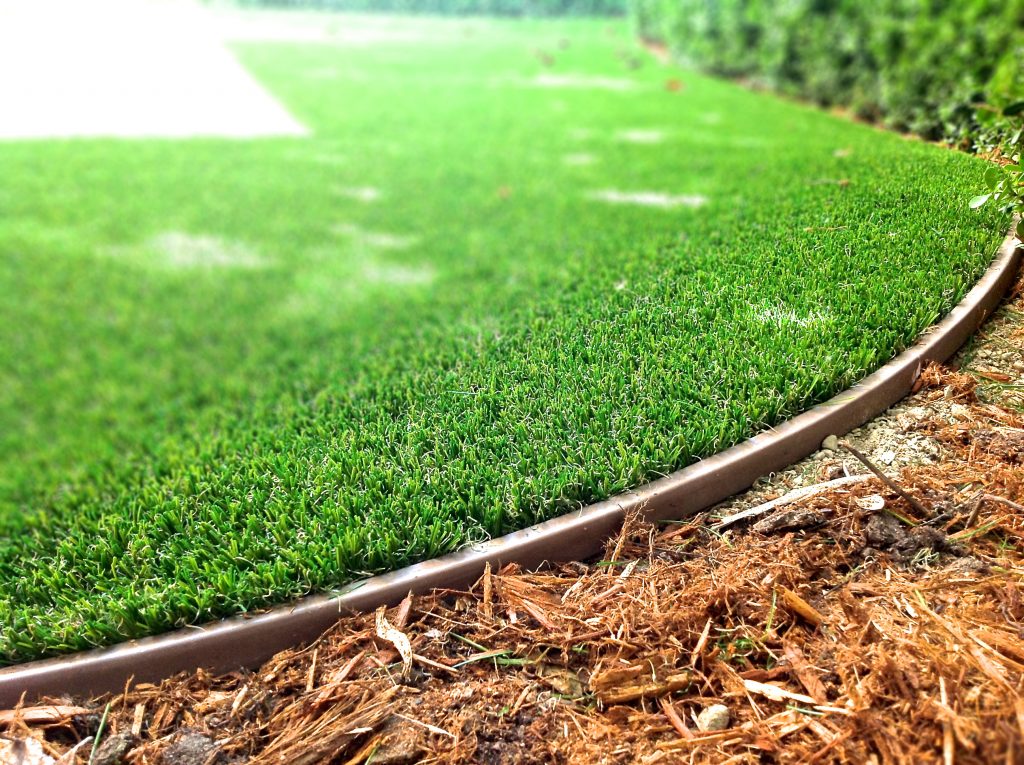See Why Homeowners Prefer Synthetic Grass for Sustainable Landscape Design Practices
As house owners progressively prioritize sustainability in landscape design, fabricated turf has become an engaging choice to typical turf. Its capacity to conserve water, decrease maintenance efforts, and reduce environmental impact settings it as a sensible selection for those looking for environmentally friendly options. Moreover, the visual charm and convenience of artificial turf accommodate varied style preferences. However, the effects of this change prolong beyond mere convenience and aesthetic appeals, triggering a better assessment of how these choices affect wider environmental end results. What stays to be explored is the complete range of advantages that synthetic grass can provide to home owners and the setting alike.
Water Conservation Perks
One of the most considerable advantages of artificial grass is its role in water preservation. In contrast, synthetic turf eliminates this demand entirely, as it does not need irrigation.
Additionally, the installment of fabricated lawn can add to a much more lasting landscape. Property owners can considerably lower their water bills, allowing for reallocation of resources to various other ecological campaigns or house usages. Furthermore, synthetic turf is designed to withstand various weather problems without the requirement for additional watering, making it a perfect choice for areas dealing with water shortage.
The environmental benefits extend beyond instant water cost savings. By minimizing water consumption, artificial turf aids to alleviate the effects of climate adjustment, protecting vital ecosystems that are intimidated by too much water extraction. As lasting landscaping practices get traction, fabricated grass emerges as a liable option for homeowners looking for to develop green outdoor rooms.
Reduced Upkeep Efforts
Synthetic lawn considerably lowers maintenance initiatives compared to conventional yard lawns. With man-made yard, property owners can remove the lengthy jobs associated with natural landscape design, such as mowing, feeding, and weeding. This not only saves beneficial time but likewise lowers physical labor, making grass care available for people of every ages.
One of one of the most remarkable advantages is the absence of regular mowing. Standard grass call for regular cutting to preserve a visually pleasing height, whereas artificial grass remains constantly rich without the demand for reducing. In addition, homeowners no longer need to use pesticides or plant foods, which are frequently required to keep natural yard healthy and balanced. This change not just lightens the work however likewise promotes a neater, much more consistent look year-round.
In addition, synthetic grass is resistant and durable, needing marginal upkeep past occasional brushing and washing to remove particles. This convenience of upkeep allows home owners to enjoy their outdoor areas without the constant fear of maintenance, offering even more time for leisure and family members activities. Inevitably, the decreased upkeep initiatives connected with fabricated turf make it an enticing option for those looking for a low-maintenance, aesthetically appealing landscape.

Environmental Impact Decrease
There is a growing acknowledgment of the ecological benefits linked with synthetic grass, especially in terms of water preservation and reduced chemical use. Typical yards require considerable quantities of water, particularly in drought-prone areas, resulting in raised strain on regional water resources. In comparison, artificial grass eliminates the requirement for watering, dramatically reducing water intake and promoting sustainability.
In addition, conventional lawn upkeep often includes the application of pesticides, fertilizers, and herbicides, which can add to dirt and water pollution. Synthetic grass mitigates this environmental risk by needing marginal upkeep and practically getting rid of the demand for unsafe chemicals. This not only enhances soil health however additionally shields local communities from harmful overflow.
Furthermore, the production of natural grass yards usually entails using fossil gas for trimming and landscape design tools, more adding to greenhouse gas exhausts. By picking man-made grass, house owners can substantially reduce their carbon footprint connected with yard care activities.
Visual Charm and Flexibility
In enhancement to its environmental benefits, synthetic grass offers considerable visual appeal and flexibility for landscape design. Property owners can accomplish a rich, eco-friendly appearance year-round, removing the seasonal changes frequently associated with natural turf. This regular visual not just enhances the aesthetic appeal of a residential or commercial property however additionally adds to a properly maintained and sleek appearance.
Moreover, fabricated turf is offered in a range of colors, textures, and styles, permitting personalization to fit private preferences and style themes - Arizona turf. Whether made use of in household gardens, industrial rooms, or entertainment locations, it can effortlessly integrate into varied landscape design designs, from modern-day minimalist to lavish exotic settings
The flexibility of synthetic turf expands past simple appearance; it can be installed in numerous places, including rooftops, patio areas, and even indoor spaces, producing opportunities for unique landscape design options. Additionally, it appropriates for a series of activities, from youngsters's play areas to pet-friendly settings, supplying functionality without endangering style.
Ultimately, the visual appeal and adaptability of synthetic grass make it an eye-catching choice for homeowners looking for sustainable landscaping solutions that do not sacrifice appeal for environmental duty.

Long-Term Expense Savings
Among one of the most engaging advantages of fabricated grass is its potential for long-lasting cost financial savings. Unlike natural over here lawn, which requires regular upkeep-- including mowing, watering, feeding, and pest control-- fabricated turf dramatically decreases these recurring expenses. Home owners can save a substantial quantity on water costs, especially in areas where water scarcity is a pressing problem. The removal of lawn treatment solutions additionally adds to financial cost savings, as there is no need for specialized tools or labor.
Furthermore, synthetic grass has a life why not try these out expectancy of 15 to 25 years, depending upon its top quality and use. This resilience reduces replacement expenses, making it a much more cost-effective selection over time. The first financial investment in fabricated lawn can usually be redeemed via the financial savings accumulated over time.
While the in advance expense might seem higher contrasted to turf setup, the advancing savings from reduced upkeep and water use typically surpass these preliminary expenditures. Inevitably, the fostering of artificial grass not only advertises a lasting landscape design solution however additionally offers property owners an economically savvy choice that lines up with long-lasting budgeting goals.
Conclusion
Artificial turf emerges as an engaging alternative for sustainable landscape design, offering substantial benefits in water preservation, reduced maintenance efforts, and reduced ecological influence. As communities progressively prioritize eco friendly practices, the adoption of synthetic grass represents a modern step toward accomplishing resistant and lasting landscapes.
Furthermore, fabricated lawn is made to hold up against numerous weather problems without the demand for supplementary watering, making it an optimal option for regions facing water scarcity. (Turf installation phoenix az)

Man-made grass emerges as an engaging choice for sustainable landscape design, providing considerable advantages in water preservation, decreased upkeep home initiatives, and decreased ecological effect.